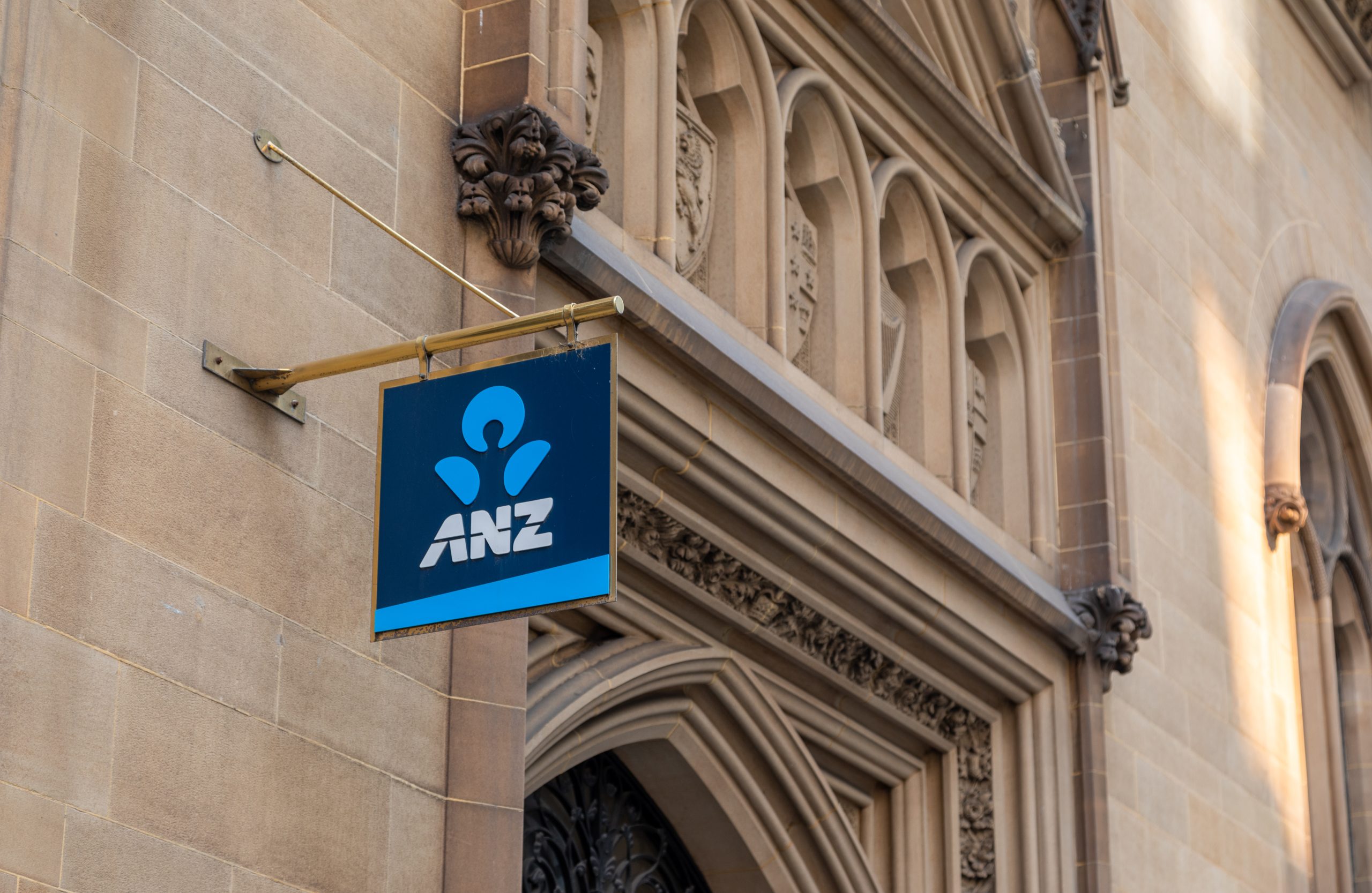Future Returns: Ignoring Market Noise for the Long-Term
When it comes to volatility in the stock market, long-term investors are advised to ignore the drama.
Simply, short-term market reactions—justified or not—are just that, short-term. As Deepak Puri, Deutsche Wealth Management’s chief investment officer for the Americas notes, many of the issues causing the market’s recent swings—from the Federal Reserve’s decision to scale back economic stimulus, to concerns over whether Congress will lift the debt ceiling, to worries over China’s regulatory crackdown on a range of companies—are finite, and unlikely to have a long-term effect on the outlook for stocks.
“A lot of these issues we are grappling with have a finite shelf life, and if you look past that, the path of least resistance for the market is still on the upside,” Puri says. A key reason? Negative real interest rates—that is, rates adjusted for inflation— “create a favourable backdrop to own equities,” he says.
While the yield on the U.S. 10-year Treasury note has risen 17 basis points in recent days to 1.482% as of Monday’s close, rates are still relatively low, and the stock market—although expensive—still presents better risk-return characteristics than other sectors, such as Treasuries or investment-grade corporate bonds, Puri says.
“To find a better alternative for equity markets is pretty difficult at this point,” he says.
Penta recently spoke with Puri about where long-term opportunities lie, and where investors should look for value within stocks.
‘Structural Forces’ Continue to Support Stocks
The reason equity markets continue to be worth investing in despite already considerable growth is what Puri refers to as the positive, long-term structural forces “which have more sustenance” than finite concerns, such as the debt travails of China Evergrande Group, a large property developer.
Concerns over the implications of Evergrande’s inability to handle its debt burden contributed to a more than 600-point fall in the Dow Jones Industrial Average on Monday, Sept. 20—a drop that was erased by Friday, although on Tuesday, stocks were nosediving again as the 10-year yield continued to rise.
The substantive, structural forces Puri was referring to include the favourable macroeconomic environment created by low and even negative interest rates. Low rates mean investors should be much more comfortable owning stocks, he says.
As Puri explains, if investors worried about pricey stocks were to put all their money in cash and Treasury bills paying an interest rate of about 0.05%, it would take 1,000 years or more to double their money. By contrast, it would take seven-and-a-half years for investors to double their money in stocks, given equity markets historically have risen 10% a year. Even a more conservative estimate of a 5% annual rise in stock market returns would lead investors to double their money in 14-and-a-half years.
“Compare 14-and-a-half years versus a millenia if you are sitting in cash,” Puri says. “The alternatives to really challenge high-quality blue chip equities are limited at this point.”
Another structural boost comes from governments in both developed and emerging markets, which have stepped in with spending to counter the economic blows of the pandemic. Puri believes these actions point to a longer-term trend of increased spending by governments as a percentage of GDP. In the U.S., the spending began with stimulus to blunt the effects of the pandemic, and it continues with expected spending on infrastructure—from roads and bridges, to green technologies and “human infrastructure” such as spending on child care and education.
“That’s a structural shift that’s taking place that creates a favourable outlook for companies sensitive to that spending,” he says.
And, Puri notes, corporate earnings continue to grow at double-digit levels. Even though earnings growth is expected to moderate, and the stock market could swing lower should earnings growth dip, the overall outlook for earnings, and the ability of companies to pass on higher costs, remains strong.
Of course, these forces don’t mean equity markets will continue to go up in the short-term, as Tuesday’s market action shows. Bond yields are rising, the coronavirus pandemic remains a factor and could still derail growth, and the inability of Congress to address the debt ceiling could be crippling as well.
“Any sort of disappointment [about] liquidity, better economic growth, or a Covid resurgence could derail that linear trajectory we’ve been seeing in the stock market,” Puri says.
Where to Find Value
Puri says he often advises investors to look at what they own. Many don’t realize how much exposure they have to big technology names including Amazon or Alphabet, which dominate sectors such as consumer discretionary companies or communication services, for example.
Although the economy’s reopening has been delayed by the considerable setbacks caused by the Delta variant of Covid-19, Deutsche Bank expects the reopening will accelerate as vaccination rates rise, and that cyclical businesses, including banks and consumer discretionary companies, will benefit.
If investors are worried about inflation, Puri says they could consider investing in Treasury Inflation Protection Securities—bonds that adjust the principal payment according to inflation rates—or in bank loans, which, because of their short-term nature (generally one-year or less) have little exposure to interest-rate risk and can deliver slightly higher returns than Treasuries.
A Different Approach to Bonds
Typically, bonds serve two purposes in a diversified investment portfolio: they provide a hedge when stock markets slide and a return from the bond’s appreciation and coupon. In the past, the same security provided both, but “no longer is that possible,” Puri says.
Investors can own bonds for hedging—without expecting much in the way of returns—or they can own bonds that generate a yield (such as emerging-market bonds or high-yield corporate bonds), although the latter will behave more like risky assets, including stocks, than as a hedge.
“For most individual investors, you should have both,” Puri says. “ A fixed-income component purely for hedging—for when things don’t go well, volatility spikes, and equity markets are going down—and another part that gives you income.”
Stay Invested in China
China’s regulatory reining in of Alibaba Group Holding Ltd., the ride-hailing company Didi Global, tutoring services such as New Oriental Education & Technology Group, and debt-laden property developers such as Evergrande, raises concerns about investing in China, but Puri doesn’t advocate investors shun Chinese stocks.
For the near term, Deutsche Bank’s view is that for China specifically, and Asia in general, “it’s too late to sell, but maybe too early to buy,” considering the potential for further volatility.
Longer term, although Chinese growth prospects are down slightly, it’s important for investors with return on their investments as a primary motive to “keep China in your portfolio,” he says.
Many large Chinese companies “are big and profitable in their own regard, and are market leaders,” Puri says. “For a global investor, you need to keep your eyes open. If you are looking for return on your investment as your primary motive [for investing], keeping political and ideological views aside, then keep China in your portfolio.”
Also, the regulatory crackdown has a lot to do with China wanting more visibility into how companies do business, its desire to curtail monopolistic tendencies, and to promote Chinese family values. While the next few months could still be volatile, Deutsche Bank expects the upcoming reelection of China President Xi Jinping next year will create a more favourable macroeconomic backdrop.
Still, he notes, the country, despite its growth, is considered an emerging market. “This is a stark reminder that there are risks that are non-security specific related in these markets,” Puri says.
 Copyright 2020, Dow Jones & Company, Inc. All Rights Reserved Worldwide. LEARN MORE
Copyright 2020, Dow Jones & Company, Inc. All Rights Reserved Worldwide. LEARN MORE
This stylish family home combines a classic palette and finishes with a flexible floorplan
Just 55 minutes from Sydney, make this your creative getaway located in the majestic Hawkesbury region.
CommSec research reveals this state is leading the country in economic growth, unemployment, construction and dwelling starts
South Australia is currently the strongest state or territory economy in the country, with economic activity 9.1 percent above its decade-average in the December quarter, according to CommSec research. NSW was second with economic output running 8.6 percent above its long-run average, followed by Victoria with 8.5 percent, the ACT at 8.3 percent and Western Australia at 6 percent.
Economic activity in both Queensland and Tasmania was 4.5 percent above average while the Northern Territory underperformed its long-term average by 0.5 percent.
The CommSec research ranks states and territories on several key economic metrics and compares the latest quarterly data with each area’s decade average. South Australia ranks first on four of the eight key indicators. They are economic growth, unemployment, construction and dwelling starts.
Western Australia ranks first on population growth and business and equipment investment. Population growth has been a key element in Perth and regional Western Australia becomingthe country’s hottest property markets over the past 12 months. CoreLogic figures released this week show home values are up 21.1 percent in Perth and 13.3 percent in the state’s regions.
Despite high inflation, retail spending remained above the long-term average in all states and territories in the December quarter. The ACT led with retail expenditure 12.2 percent higher than its long-term average, followed by Western Australia with 11.3 percent, Victoria at 11.2percent and Queensland at 11.1 percent.
Queensland is in the top spot for new home loans. Propelling this is very strong internal migration and a doubling of the First Home Owners Grant to $30,000 from 20 November last year. New home loans issued to first home buyers in November surged to a 15-month high, according to data from the Australian Bureau of Statistics. Queensland is currently the second strongest housing market, with home values up 16.1 percent in Brisbane and 11.2 percent in regional areas over the past year.
In all states and territories except the Northern Territory, housing finance commitments remained above decade averages in the December quarter. The value of home loans in Queensland was 21.1 percent higher than the state’s long-term average. The next strongest was Western Australia, up 17.5 percent, South Australia, up 14.2 percent, and the ACT, up 12 percent. The new CoreLogic data reveals 15 consecutive months of growth in the national median price, despite high interest rates.
Just 55 minutes from Sydney, make this your creative getaway located in the majestic Hawkesbury region.
Consumers are going to gravitate toward applications powered by the buzzy new technology, analyst Michael Wolf predicts























